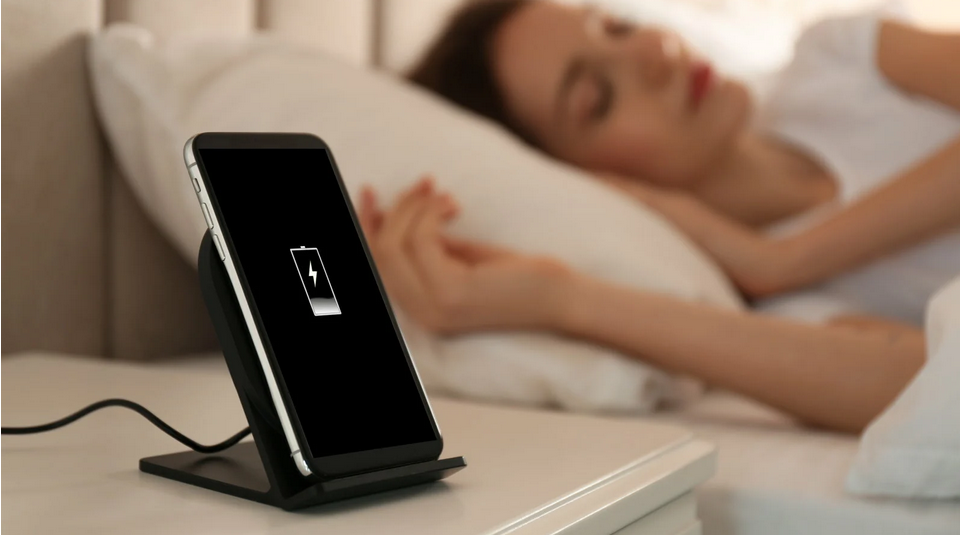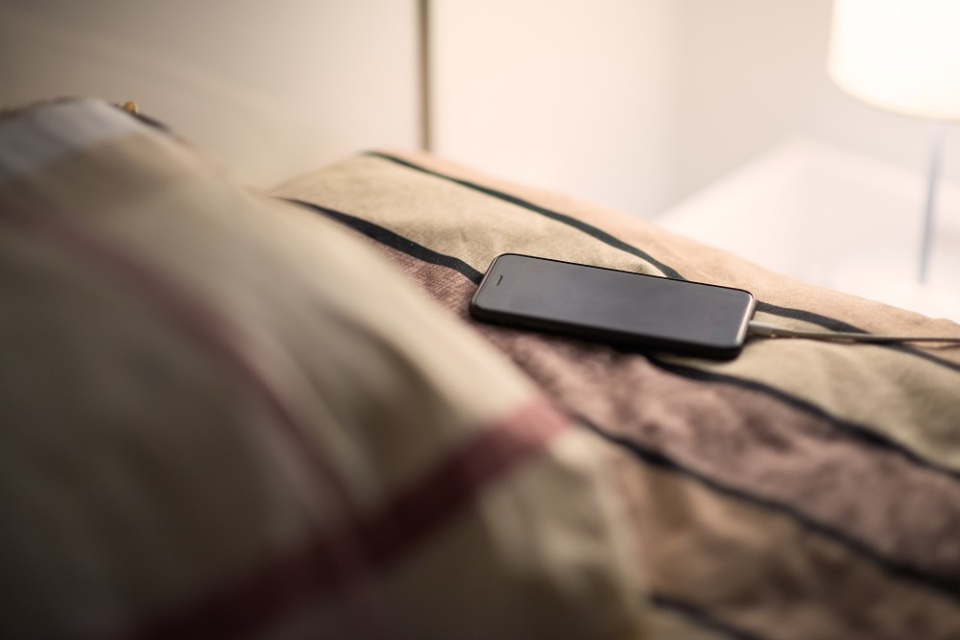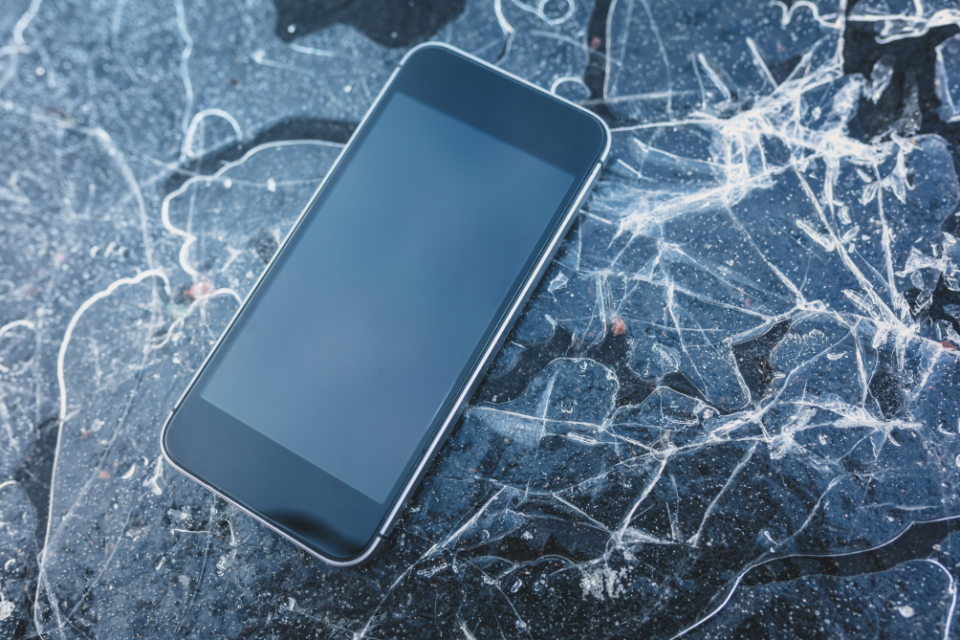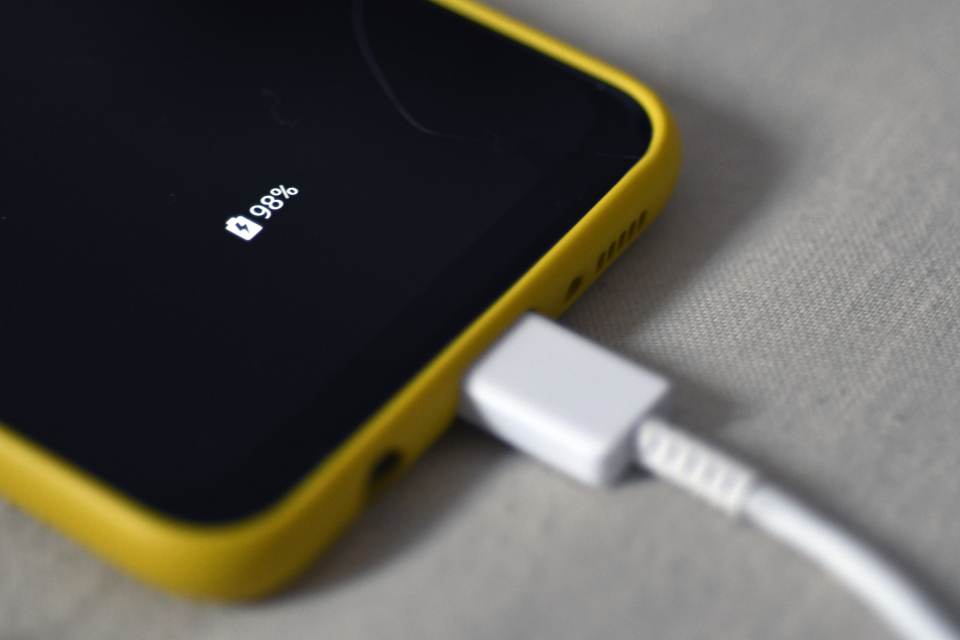
There are a lot of questions about mobile phone batteries. Should you leave your phone plugged in overnight? Is it bad for the phone? Bad for your safety?
In fact, how much should you charge your phone? When’s the right time to plug in? Should you let it run down to zero every time? Should you charge it up to 100%? How do you get the longest life out of the battery inside a phone? Does it even matter, if you’re going to keep the handset around for just a couple of years and then upgrade?
This discussion goes well beyond the worry of moderate harm to a device, as some people have fears of “overloading” a phone battery. That worry seems justified, as only a few years ago, Samsung’s Galaxy Note 7 smartphones were bursting into flame because of battery issues. But as we’ve explained before, unless a device has some serious manufacturing defects (as Samsung’s phone did), a fire in your pocket (or on the nightstand) is unlikely.
The problem is that some of the research and opinions out there are diametrically opposed. We’ve narrowed down the right and wrong things to do as best we can. We present to you the myths and truths of iPhone or Android phone charging, in particular regarding whether you should plug you phone in overnight.
Charging My iPhone Overnight Overloads the Battery: False!
One thing all the experts agree on is that phones are smart enough not let an overload happen. Extra protective chips inside make sure that can’t happen in a tablet, a phone, or even a laptop. Once the internal lithium-ion battery hits 100% of its capacity, charging stops. But if you leave you phone plugged in overnight, it is going to use a bit of energy by constantly trickling new juice to the battery every time it falls to 99%. That is eating into your phone’s lifespan (see below).
The Best Thing to Do
Don’t worry about this too much. Plug the phone in or place it on the wireless charger when you go to sleep. If you wake up in the night, unplug it or move it to prevent constant trickle-charging. You could also plug your phone into a smart plug that’s on a schedule to turn off.
Potential Problems With Charging Phones Overnight
Trickle charges can generate some heat. Many experts recommend taking a phone out of the case to charge it overnight. But that’s not always feasible with a complicated protective case.
At the very least, do not stack anything—books or other devices, for instance—on top of a charging device. And for the love of Jobs, do not put your phone under your pillow. Do any of the above, and you can expect the phone to get hot—not necessarily hot enough for spontaneous combustion but enough to damage the battery (see below).
 If you’re afraid of fire, some recommend leaving the charging device on a dish or saucer(Opens in a new window) while it’s plugged in or placing it on something metal that is more likely to dissipate heat, the way a heatsink does on the chips inside a PC. That’s not much of an option if you use a wireless charging pad, so don’t sweat it.
If you’re afraid of fire, some recommend leaving the charging device on a dish or saucer(Opens in a new window) while it’s plugged in or placing it on something metal that is more likely to dissipate heat, the way a heatsink does on the chips inside a PC. That’s not much of an option if you use a wireless charging pad, so don’t sweat it.
Bad Cables
If you’re charging with a knockoff cable that isn’t made by the device’s manufacturer or isn’t at least “certified” in some way (iPhone Lightning cables should be MFi certified(Opens in a new window), for example), that could be a problem. The cord and connectors may not be up to spec for your phone or tablet. Don’t skimp by buying chintzy cables.
That said, don’t think you have to buy chargers made by your phone manufacturer. Most handsets these days support universal standards. One such standard is USB Power Delivery (PD)—all major modern phones from Apple, Samsung, and Google support it. You just need a compatible cable to use between the PD charger and the phone
I Should Freeze My Phone to Prevent Battery Problems: False!
Lithium-ion batteries hate two things: extreme cold and extreme heat. Repeatedly charging a phone in sub-freezing temps can create a permanent plating of metallic lithium on the battery anode, according to BatteryUniversity(Opens in a new window). You can’t fix that problem; it’s simply going to kill the battery faster.
 Your phone battery is not alone in hating heat; all the internal components of a phone feel the same. Your phone is a computer, and computers and hot air are mortal enemies going back decades. Leave your black-screened phone sitting in the sun as you laze by the pool, but don’t be surprised when it throws a warning that it needs to cool off. Instead, give it some shade. In the summer, keep it off the car dashboard.
Your phone battery is not alone in hating heat; all the internal components of a phone feel the same. Your phone is a computer, and computers and hot air are mortal enemies going back decades. Leave your black-screened phone sitting in the sun as you laze by the pool, but don’t be surprised when it throws a warning that it needs to cool off. Instead, give it some shade. In the summer, keep it off the car dashboard.
Apple specifically says charging iPhones in an environment that’s hotter than 95 degrees F (35 degrees C) does permanent damage to the battery. Expect the same with any modern phone.
The Best Thing(s) Never to Do
Don’t charge a phone when it’s too cold or hot. And don’t put your phone in the freezer.
My Battery Should Always Drop to Zero Power Before I Charge It: False!
Running a phone until it’s dead—a full discharge—is not the way to go with modern lithium-ion batteries. Try not to let it get close to 0%. That wears out a lithium-ion battery faster than normal. Partial discharge is the way to go.
 Batteries are on borrowed time from the get-go. The insides are in a constant state of decay that can’t be helped. Over time, the materials inside are simply going to hold less and less power. If you’ve got an older iPhone still in use and wonder why it’s only got a charge for a few hours compared to the almost full day (or two) you got when it was new, that’s why. Capacity diminishes over time.
Batteries are on borrowed time from the get-go. The insides are in a constant state of decay that can’t be helped. Over time, the materials inside are simply going to hold less and less power. If you’ve got an older iPhone still in use and wonder why it’s only got a charge for a few hours compared to the almost full day (or two) you got when it was new, that’s why. Capacity diminishes over time.
Drain a phone battery to zero only when you want to recalibrate(Opens in a new window) the internal sensor that displays your phone’s battery level. Success here is hardly guaranteed—in fact, many people don’t think it works at all(Opens in a new window)—but it’s recommended by some, especially with a phone that goes down to 10% (or even 20% or 30%), then abruptly dies.
Note that even when you do use the phone all the way to auto-shutdown, that may not mean the battery is actually at 0%. Leave the phone alone for a few hours, if you want to try recalibrating. Then give it a reset for good measure.
The Best Thing to Do:
Plug the phone in before it asks you to enter a low-power mode(Opens in a new window); iOS will ask you to turn that on when you hit 20% power. Plug the phone in when it’s between 30% and 40%. Pull the plug at 80% to 90%; going to full 100% when using a high-voltage charger can put some strain on the battery. Keep the phone’s battery charged between 30% and 80% to increase its lifespan.
Apple claims that with fast charging, iPhone batteries can increase 50% in only 30 minutes. That requires a USB-C power adapter, which in turn means using a special USB-C-to-Lightning cable(Opens in a new window) or a higher-voltage charger such as the one from an iPad or even a MacBook.
Don’t fast-charge your phone if it doesn’t support that. It’s another thing that’ll strain the battery. But it’s hard to find a phone these days that doesn’t support fast charging. iPhones have all had it (the aforementioned USB PD) since the iPhone 8 came out in 2017.
We hope these tips have been helpful in your business. Please let us know if you have any questions about your IT environment or how to secure it from outside cyber threats. We are here for you! Contact us at (732) 780-8615 or email at [email protected].
Eric Griffith, “Charging Your Phone Overnight: Battery Myths Debunked”, pcmag.com, July 14, 2023
